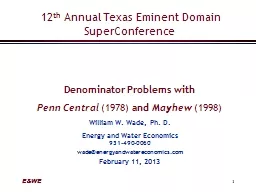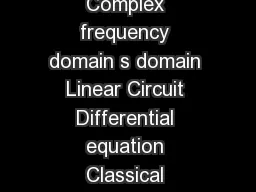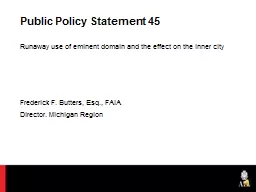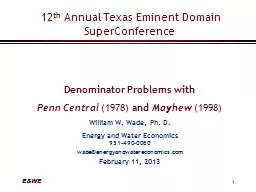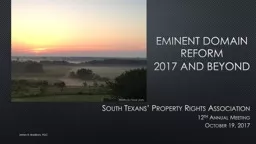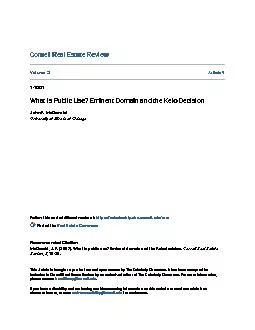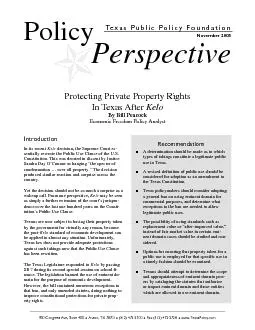PPT-E&WE 1 12 th Annual Texas Eminent Domain
Author : frostedikea | Published Date : 2020-11-06
SuperConference Denominator Problems with Penn Central 1978 and Mayhew 1998 William W Wade Ph D Energy and Water Economics 9314900060 wadeenergyandwatereconomicscom
Presentation Embed Code
Download Presentation
Download Presentation The PPT/PDF document "E&WE 1 12 th Annual Texas Eminent..." is the property of its rightful owner. Permission is granted to download and print the materials on this website for personal, non-commercial use only, and to display it on your personal computer provided you do not modify the materials and that you retain all copyright notices contained in the materials. By downloading content from our website, you accept the terms of this agreement.
E&WE 1 12 th Annual Texas Eminent Domain: Transcript
Download Rules Of Document
"E&WE 1 12 th Annual Texas Eminent Domain"The content belongs to its owner. You may download and print it for personal use, without modification, and keep all copyright notices. By downloading, you agree to these terms.
Related Documents

